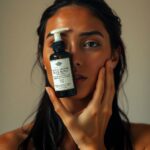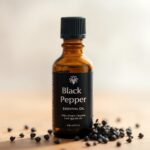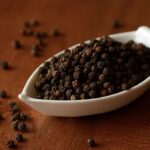IP (Ingress Protection) ratings, defined by the IEC 60529 standard, also classify the level of protection an enclosure provides against solid objects (dust, debris) and liquids (water, moisture). We often see the Ingress Protection(IP) ratings in our electronic devices that we frequently buy.
Each IP ratings consists of two digits like IP55,IP56,IP66. Here’s the breakdown to the IP ratings:
- First Digit (0-6): Protection against solid objects (like dust, tools, fingers).
- Second Digit (0-9K): Protection against liquids (like water, rain, jets, submersion).
1st Digit: Protection Against Solids (0-6):
The first digit indicates the level of protection against solid objects, ranging from no protection to complete dust-tight protection. Here’s the table showing the different ratings with digit code.
| Digit | Protection Level | Description |
| 0 | No protection | No protection against solid objects. Anything can enter the enclosure. |
| 1 | Protection against large objects | Protected from solid objects larger than 50mm (e.g., a hand or a large object). This means it will prevent accidental contact with large items. |
| 2 | Protection against medium-sized objects | Protected from objects larger than 12.5mm (e.g., fingers). This is ideal for preventing finger entry or contact with tools or similar items. |
| 3 | Protection against small tools or wires | Protected against objects larger than 2.5mm (e.g., small tools, thick wires). This ensures that fine tools or thin wires cannot get inside the enclosure. |
| 4 | Protection against fine objects | Protected against objects larger than 1mm (e.g., small screws, thin wires). This level of protection is suitable for environments with dust or particles that could interfere with equipment. |
| 5 | Dust protected | Dust ingress is limited, but some small dust particles may enter. However, they won’t interfere with the functioning of the equipment. This is a moderate level of protection, commonly used for industrial environments. |
| 6 | Dust-tight | No dust will enter the enclosure, offering full protection. This is the highest level of solid protection, suitable for environments where dust and fine particles can be harmful to equipment. |
Table 1: First Digit
Second digit (liquids protection) – Ranges from 0 to 9K, indicating protection against water ingress.
The second digit (0-9K) tells you how well the device is protected from liquids like water, rain, splashes, or immersion.
| Digit | Protection Level | Description |
| 0 | No protection | No protection against liquids. The equipment is vulnerable to any kind of water or moisture ingress. |
| 1 | Protection against dripping water | Protected from vertically falling water drops (e.g., from condensation). This is the lowest level of liquid protection, suitable for indoor, dry environments. |
| 2 | Protection against dripping water when tilted | Protected from water dripping when the device is tilted up to 15° from vertical. This means that mild splashing or condensation will not harm the equipment if tilted. |
| 3 | Protection against spraying water | Protected from water spraying at an angle of up to 60° from vertical (e.g., a light rain). This rating is common for items used outdoors, such as outdoor lighting or electrical components in wet conditions. |
| 4 | Protection against splashing water | Protected against water splashes coming from all directions. This is ideal for environments where water may splash from various angles (e.g., kitchens or workshops). |
| 5 | Protection against water jets | Protected from low-pressure water jets (from a 6.3mm nozzle) from any direction. This is suitable for outdoor electrical equipment or applications exposed to light water pressure, like streetlights or industrial machines. |
| 6 | Protection against powerful water jets | Protected from high-pressure water jets (from a 12.5mm nozzle) from any direction. This is ideal for environments where strong water jets are common, such as industrial equipment or marine environments. |
| 7 | Protection against immersion up to 1 meter | Protected against temporary immersion in water up to 1 meter for 30 minutes. This level is suitable for devices that might accidentally fall into water, like mobile phones or waterproof watches. |
| 8 | Protection against continuous immersion | Protected against continuous immersion in water at depths greater than 1 meter (duration and depth specified by the manufacturer). This rating is suitable for submersible equipment or underwater applications. |
| 9k | Protection against high-pressure, high-temperature water jets | Protected from high-pressure, high-temperature water jets (usually used in industrial cleaning). This is commonly seen in environments like food processing plants or high-pressure washers where both temperature and pressure are high. |
Table 2: Second Digit
Here’s some examples of frequently used IP Ratings explained to help you understand.
IP54
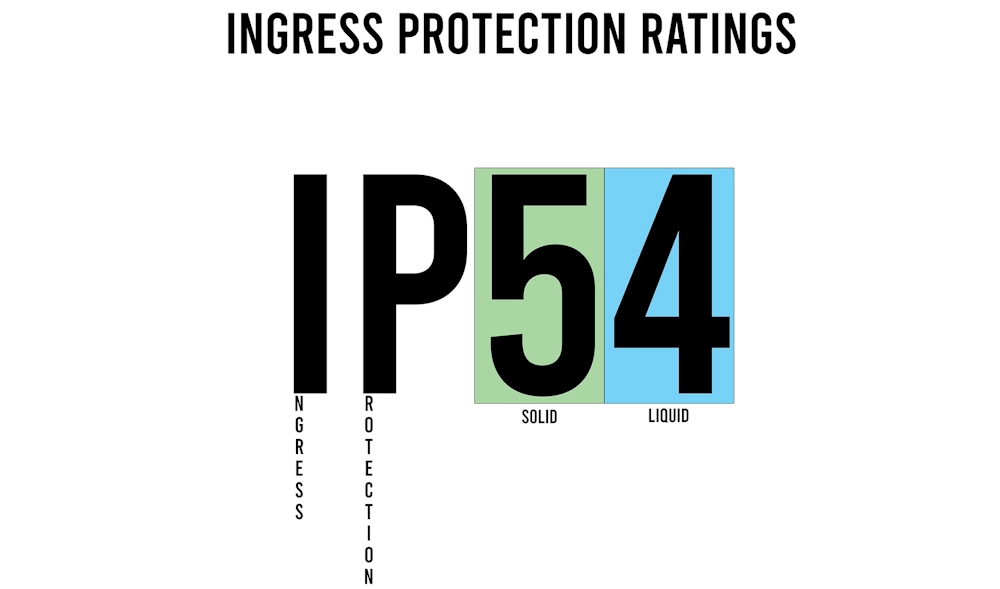
First Digit (5): Dust-protected (some dust may enter, but won’t affect the operation).
Second Digit (4): Protected against splashing water (can handle light splashes from any direction).
IP67
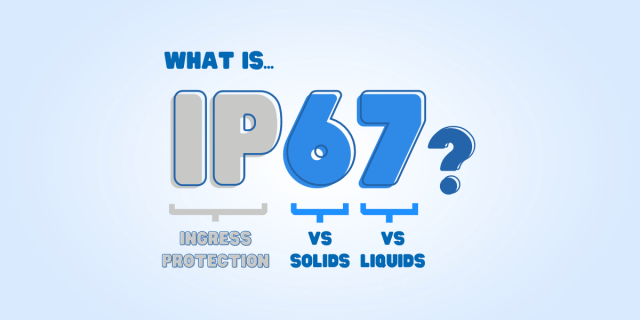
First Digit (6): Dust-tight (no dust can enter).
Second Digit (7): Protected against immersion up to 1 meter for 30 minutes.
IP68

First Digit (6): Dust-tight (no dust will enter).
Second Digit (8): Protected against continuous immersion beyond 1 meter, ideal for underwater or heavy-duty environments.
Thus in summary, The first digit (0-6) of an IP rating indicates the level of protection against solids like dust, tools, or fingers, while the second digit (0-9K) shows the device’s resistance to liquids such as water, rain, or immersion. The appropriate rating depends on the environment and usage; for outdoor applications, ratings like IP65 or IP66 offer protection against dust and water jets, while marine environments may require the more robust IP68 for protection against dust and continuous water immersion.

